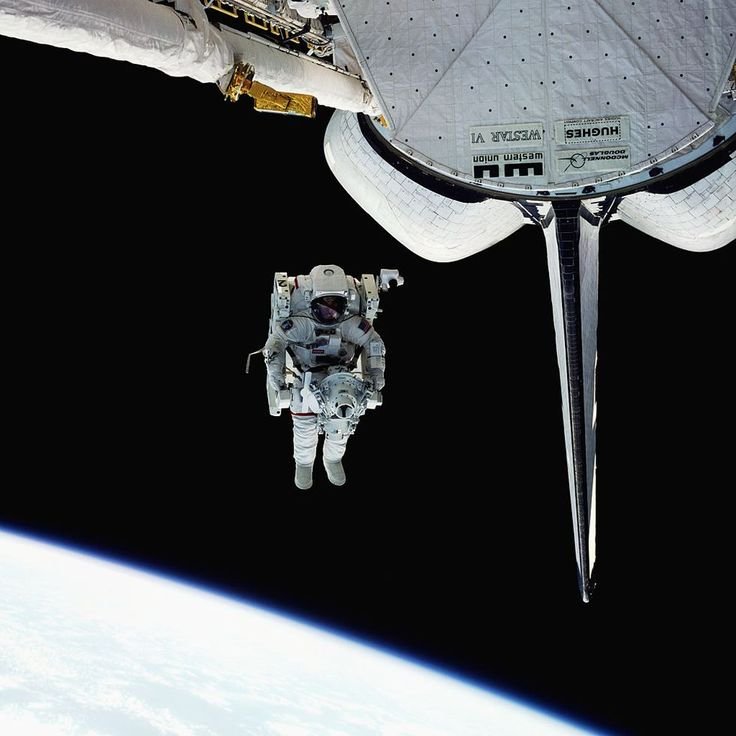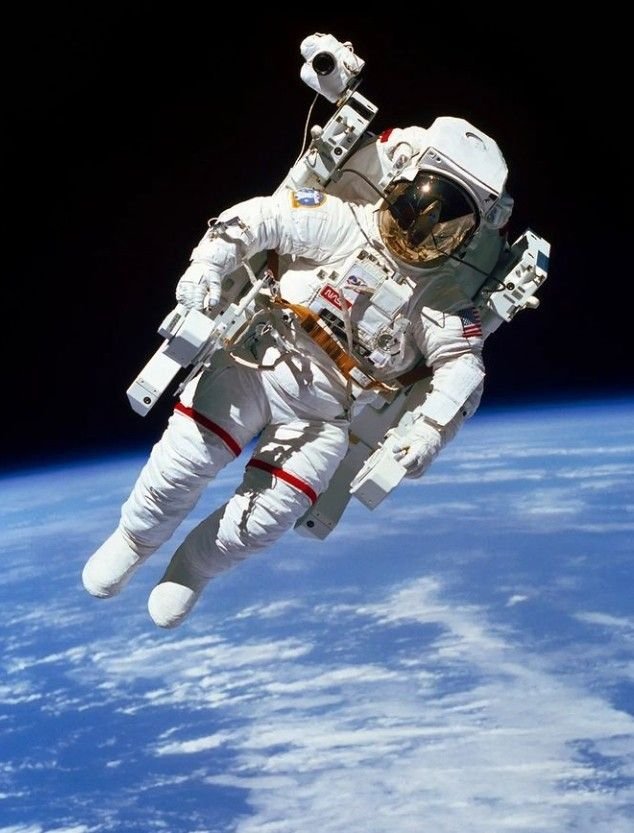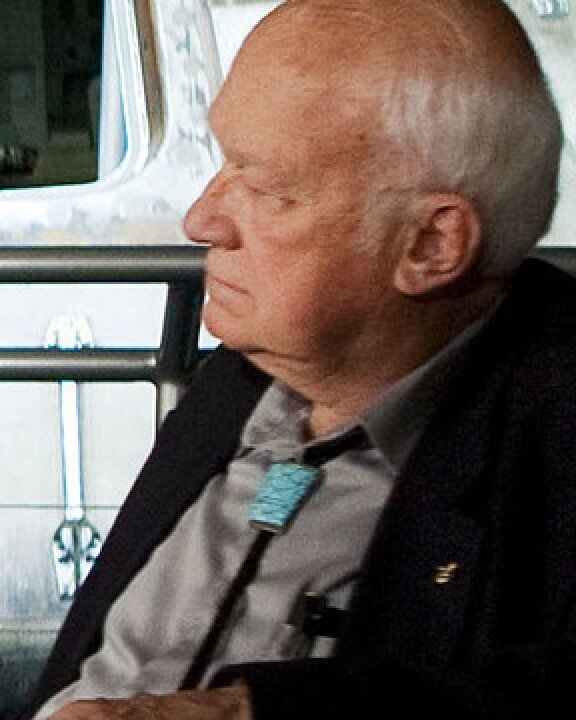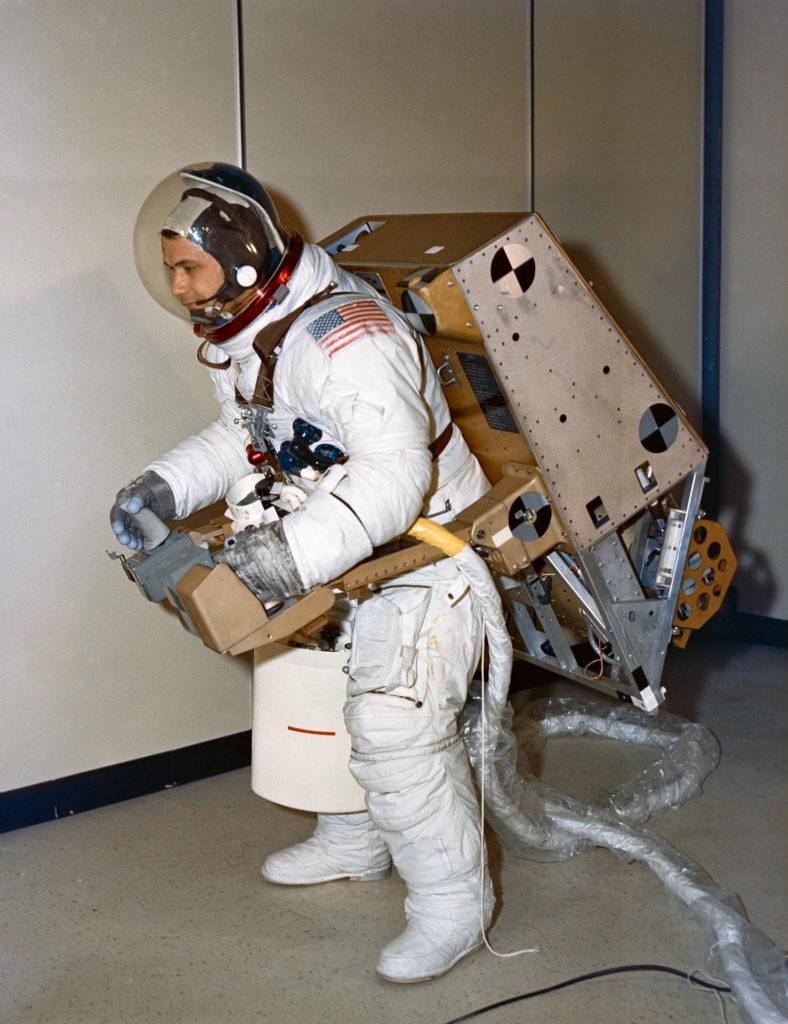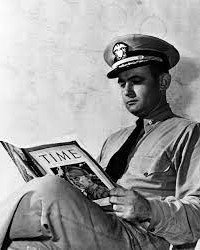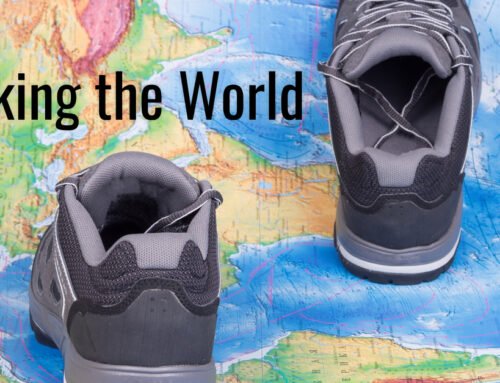Bruce McCandless II and the First Untethered Spacewalk
Discover Bruce McCandless II’s historic untethered spacewalk with the Manned Maneuvering Unit.
This is one of the most terrifying photos, astronaut Bruce McCandless II performed the first untethered spacewalk, relying only on his Manned Maneuvering Unit.
On February 7, 1984, astronaut Bruce McCandless II made history by becoming the first person to perform a spacewalk completely untethered. With only the Manned Maneuvering Unit (MMU) keeping him safe, McCandless floated freely in space, showcasing the potential for more flexible space operations and highlighting the bravery and skill needed to push the boundaries of human achievement.
The journey to this historic moment started long before the spacewalk. The MMU, essential for McCandless’s mission, was developed by NASA to allow astronauts to move freely in space without being tied to their spacecraft. This self-contained propulsion system gave astronauts unprecedented mobility and control, enabling them to perform complex tasks farther from their spacecraft. The MMU had 24 thrusters powered by nitrogen gas, hand controllers for precise maneuvering, and a life-support system, making it a significant technological advancement. Its development involved extensive testing to ensure its reliability and safety, allowing astronauts to conduct repairs and maintenance on satellites and other space structures.

Bruce McCandless II was well-prepared for this daring mission. A veteran astronaut and naval aviator, he had been part of NASA’s astronaut corps since 1966 and had served as a capsule communicator during the Apollo missions. His background and experience made him an ideal candidate for the untethered spacewalk. McCandless’s mission was part of the Space Shuttle Challenger’s STS-41-B flight, which aimed to deploy two communication satellites and test the MMU. For McCandless, the untethered spacewalk was both a professional milestone and a personal dream.
On the day of the spacewalk, McCandless donned his spacesuit and the MMU, stepping into the void of space with a mix of anticipation and resolve. As he floated away from the shuttle, he felt a profound sense of freedom and exhilaration, with the Earth serving as a breathtaking backdrop. The spacewalk was meticulously planned, with months of preparation and rehearsals. Despite this, the actual experience of being untethered in space was unparalleled. McCandless maneuvered with precision, demonstrating the MMU’s capabilities and the potential for future space missions. He ventured up to 320 feet away from the shuttle, performing a series of tests and maneuvers that proved astronauts could safely operate untethered in space.
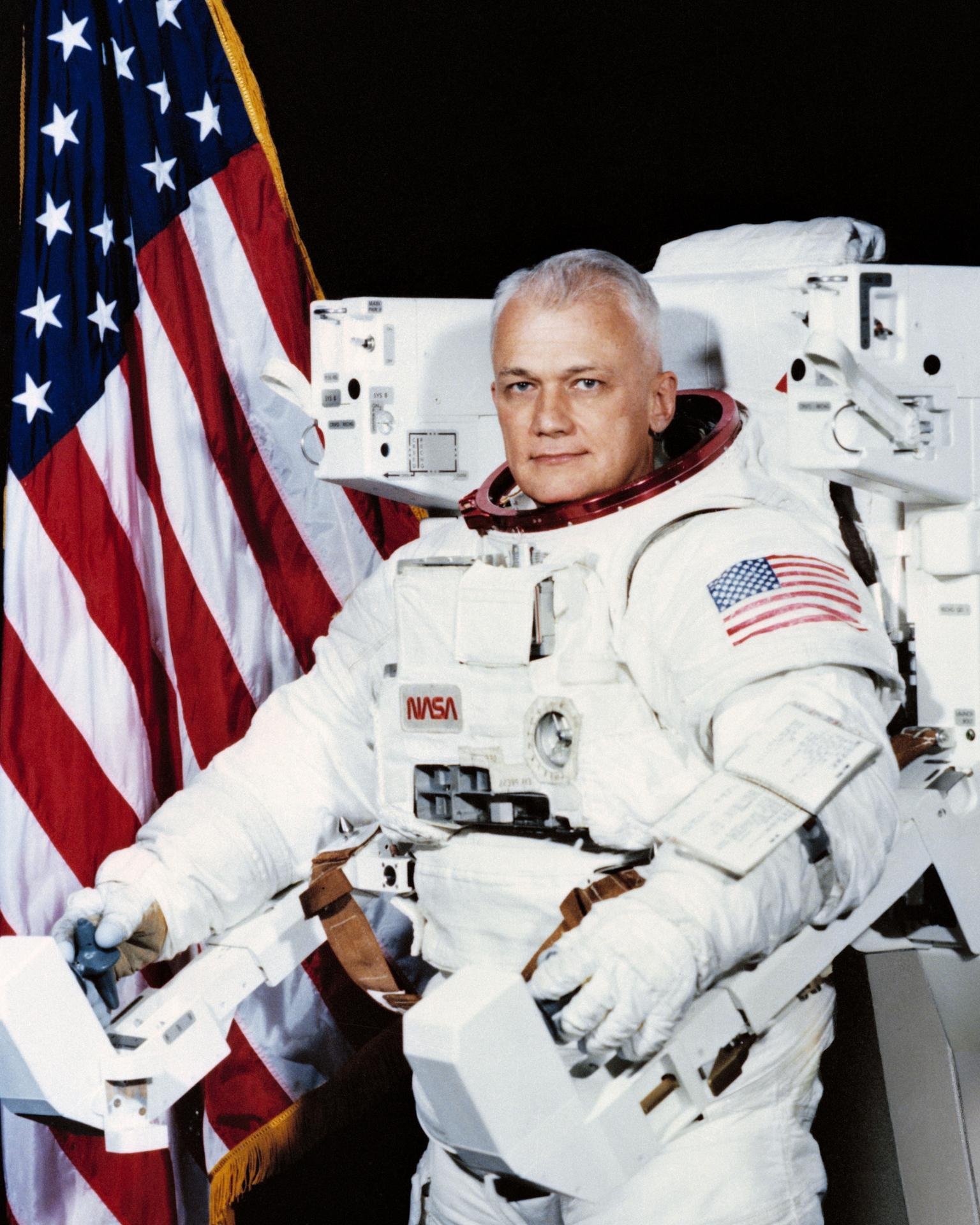
McCandless’s spacewalk had a significant impact on space exploration. It showed that the MMU could be used for various tasks, such as satellite repair and assembly of space structures, increasing the flexibility of space missions. The success of his spacewalk also highlighted the importance of developing advanced technologies and training programs to prepare astronauts for more complex missions. NASA continued to refine its extravehicular activity (EVA) capabilities, using the lessons learned from McCandless’s mission to improve future space suits, propulsion systems, and mission planning strategies.
Bruce McCandless II’s untethered spacewalk remains a defining moment in space exploration history. His courage and skill in executing such a daring maneuver showcased the resilience and determination of the human spirit to explore the unknown. McCandless’s achievement is a testament to the dedication and ingenuity of all those involved in the mission, from the engineers who designed the MMU to the support teams who ensured its success.
McCandless’s legacy extends beyond his untethered spacewalk. He continued to contribute to NASA’s missions and the broader field of space exploration throughout his career. His pioneering spirit and commitment to advancing human knowledge and capabilities in space serve as an inspiration to future generations of astronauts and scientists.
Bruce McCandless II’s historic untethered spacewalk on February 7, 1984, marked a major milestone in space exploration. Using the MMU, he demonstrated the potential for astronauts to perform complex tasks without tethers, significantly expanding the operational capabilities of space missions. His daring and successful spacewalk paved the way for future advancements in extravehicular activity and left a lasting legacy in the history of human spaceflight. This achievement symbolized a giant leap forward in our understanding and exploration of space, showcasing what can be accomplished through human ingenuity and perseverance. Bruce McCandless II will always be remembered as a pioneer who helped shape the future of space exploration, inspiring generations to look to the stars and beyond.
